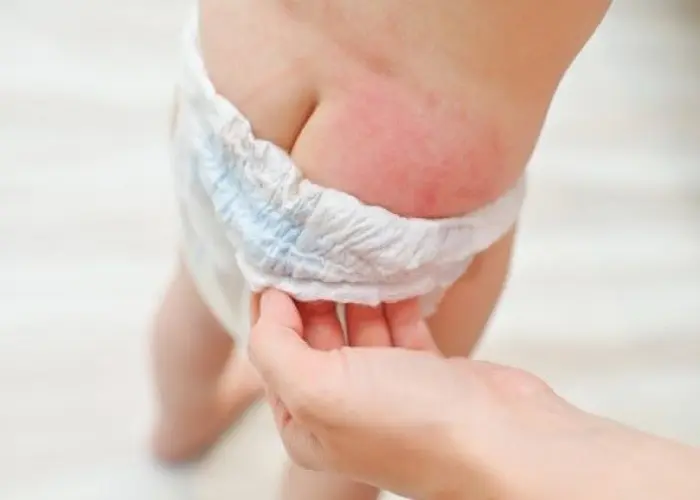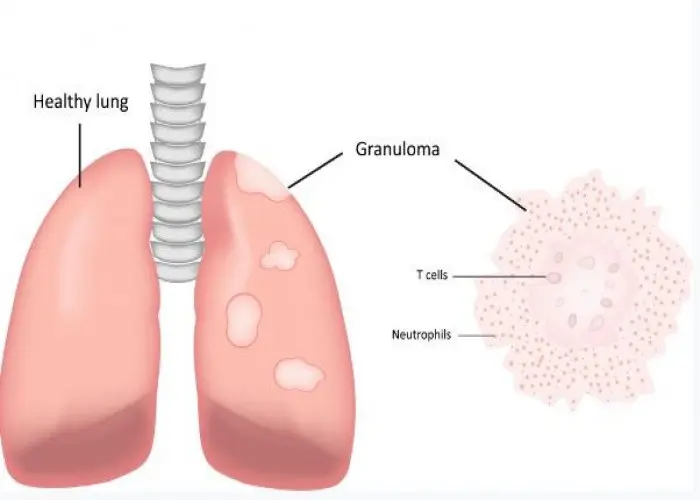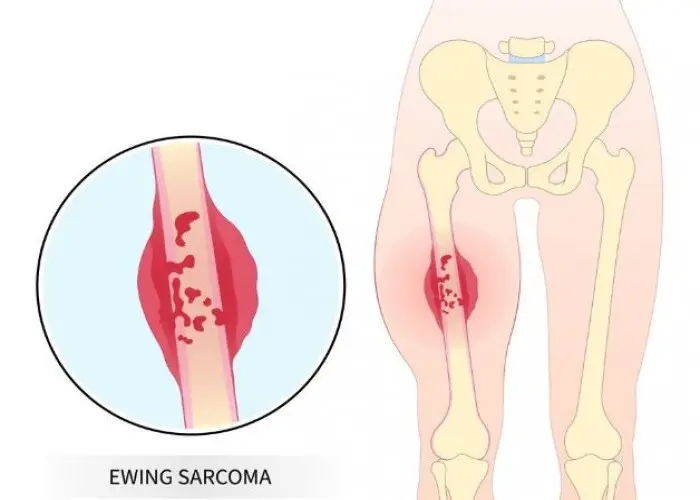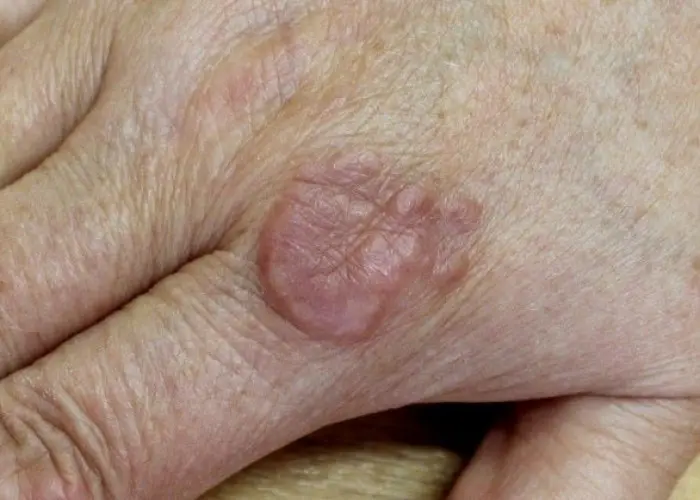 Welcome
Welcome
“May all be happy, may all be healed, may all be at peace and may no one ever suffer."
Diaper rash

Diaper rash is a common skin irritation that occurs in infants and young children. It is typically caused by prolonged contact with urine or stool in a wet or dirty diaper, and can be aggravated by friction from the diaper.
Symptoms of diaper rash can vary depending on the severity of the irritation, but may include redness, swelling, and small bumps or pimples in the diaper area. In severe cases, the skin may become raw or blistered, and the child may experience pain or discomfort.
Preventing diaper rash involves keeping the diaper area clean and dry, and changing diapers frequently to avoid prolonged exposure to urine or stool. Gentle cleansing with mild soap and water or a baby wipe can also help prevent irritation. Applying a barrier cream, such as petroleum jelly or zinc oxide, can help protect the skin from further irritation.
Treatment of diaper rash typically involves keeping the diaper area clean and dry, and applying a barrier cream or ointment to protect the skin from further irritation. In more severe cases, a medicated cream or ointment may be prescribed by a doctor. It is important to avoid using talcum powder or other powders, as they can irritate the skin and be harmful if inhaled by the child.
In rare cases, diaper rash may be caused by a fungal or bacterial infection, which may require prescription medication to treat. If the rash persists or worsens despite treatment, or if the child develops a fever or other symptoms, it is important to seek medical attention.
In conclusion, diaper rash is a common skin irritation in infants and young children that can be prevented by keeping the diaper area clean and dry, and changing diapers frequently. If diaper rash does occur, it can typically be treated with a barrier cream or ointment. If the rash persists or worsens, or if the child develops other symptoms, it is important to seek medical attention to rule out any underlying infection or other health issue.
Research Papers
Disease Signs and Symptoms
- Skin rash
- Red skin
- Itching
Disease Causes
Diaper rash
Diaper rash can be traced to a number of sources, including:
- Irritation from stool and urine. Prolonged exposure to urine or stool can irritate a baby's sensitive skin. Your baby may be more prone to diaper rash if he or she is experiencing frequent bowel movements or diarrhea because feces are more irritating than urine.
- Chafing or rubbing. Tightfitting diapers or clothing that rubs against the skin can lead to a rash.
- Irritation from a new product. Your baby's skin may react to baby wipes, a new brand of disposable diapers, or a detergent, bleach or fabric softener used to launder cloth diapers. Other substances that can add to the problem include ingredients found in some baby lotions, powders and oils.
- Bacterial or yeast (fungal) infection. What begins as a simple skin infection may spread to the surrounding region. The area covered by a diaper — buttocks, thighs and genitals — is especially vulnerable because it's warm and moist, making a perfect breeding ground for bacteria and yeast. These rashes can be found within the creases of the skin, and there may be red dots scattered around the creases.
- Introduction of new foods. As babies start to eat solid foods, the content of their stool changes. This increases the likelihood of diaper rash. Changes in your baby's diet can also increase the frequency of stools, which can lead to diaper rash. If your baby is breast-fed, he or she may develop diaper rash in response to something the mother has eaten.
- Sensitive skin. Babies with skin conditions, such as atopic dermatitis or seborrheic dermatitis (eczema), may be more likely to develop diaper rash. However, the irritated skin of atopic dermatitis and eczema primarily affects areas other than the diaper area.
- Use of antibiotics. Antibiotics kill bacteria — the good kinds as well as the bad. When a baby takes antibiotics, bacteria that keep yeast growth in check may be depleted, resulting in diaper rash due to yeast infection. Antibiotic use also increases the risk of diarrhea. Breast-fed babies whose mothers take antibiotics are also at increased risk of diaper rash.
Disease Prevents
Diaper rash
The best way to prevent diaper rash is to keep the diaper area clean and dry. A few simple strategies can help decrease the likelihood of diaper rash developing on your baby's skin.
- Change diapers often. Remove wet or dirty diapers promptly. If your child is in child care, ask staff members to do the same.
- Rinse your baby's bottom with warm water as part of each diaper change. You can use a sink, tub or water bottle for this purpose. Moist washcloths, cotton balls and baby wipes can aid in cleaning the skin, but be gentle. Don't use wipes with alcohol or fragrance. If you wish to use soap, select a mild, fragrance-free type.
- Gently pat the skin dry with a clean towel or let it air dry. Don't scrub your baby's bottom. Scrubbing can further irritate the skin.
- Don't overtighten diapers. Tight diapers prevent airflow into the diaper region, which sets up a moist environment favorable to diaper rashes. Tight diapers can also cause chafing at the waist or thighs.
- Give your baby's bottom more time without a diaper. When possible, let your baby go without a diaper. Exposing skin to air is a natural and gentle way to let it dry. To avoid messy accidents, try laying your baby on a large towel and engage in some playtime while he or she is bare-bottomed.
- Consider using ointment regularly. If your baby gets rashes often, apply a barrier ointment during each diaper change to prevent skin irritation. Petroleum jelly and zinc oxide are the time-proven ingredients in many diaper ointments.
- After changing diapers, wash your hands well. Hand-washing can prevent the spread of bacteria or yeast to other parts of your baby's body, to you or to other children.
In the past, it was common to use powders, such as cornstarch or talcum powder, to protect a baby's skin and absorb excess moisture. Doctors no longer recommend this. Inhaled powder can irritate a baby's lungs.
Cloth or disposable diapers?
Many parents wonder about what kind of diapers to use. When it comes to preventing diaper rash, there's no compelling evidence that cloth diapers are better than disposable diapers or vice versa.
Because there's no one best diaper, use whatever works for you and your baby. If one brand of disposable diaper irritates your baby's skin, try another. If the laundry soap you use on cloth diapers seems to cause a diaper rash, switch products.
Whether you use cloth diapers, disposables or both kinds, always change your baby as soon as possible after he or she wets or soils the diaper to keep the bottom as clean and dry as possible.
Washing cloth diapers
If you use cloth diapers, careful washing can help prevent diaper rash. Washing methods vary and many routines work well. They key is to clean, disinfect and remove soap residue. Here's one effective method:
- Pre-soak heavily soiled cloth diapers in cold water.
- Wash diapers in hot water with a mild detergent and bleach. Bleach kills germs. You could also add vinegar to the wash cycle to eliminate odors and rinse out soap residue.
- Double rinse the diapers in cold water to remove traces of chemicals and soap.
- Skip fabric softener and dryer sheets because they can contain fragrances that may irritate your baby's skin.
Disease Treatments
The best treatment for diaper rash is to keep your baby's skin as clean and dry as possible. If your baby's diaper rash persists despite home treatment, your doctor may prescribe:
- A mild hydrocortisone (steroid) cream
- An antifungal cream, if your baby has a fungal infection
- Topical or oral antibiotics, if your baby has a bacterial infection
Use creams or ointments with steroids only if your baby's pediatrician or dermatologist recommends them — strong steroids or frequent use can lead to additional problems.
Diaper rashes usually require several days to improve, and the rash may come back repeatedly. If the rash persists despite prescription treatment, your doctor may recommend that your baby see a specialist in skin conditions (dermatologist).
Disease Diagnoses
Disease Allopathic Generics
Disease Ayurvedic Generics
Disease Homeopathic Generics
Disease yoga
Diaper rash and Learn More about Diseases

Trichotillomania (hair-pulling disorder)

Listeria infection

Granulomatosis with polyangiitis

Hyperthyroidism (Overactive Thyroid)

Nasopharyngeal carcinoma

Ewing sarcoma

Pericarditis

Granuloma annulare
Diaper rash, ডায়াপার ফুসকুড়ি
To be happy, beautiful, healthy, wealthy, hale and long-lived stay with DM3S.
